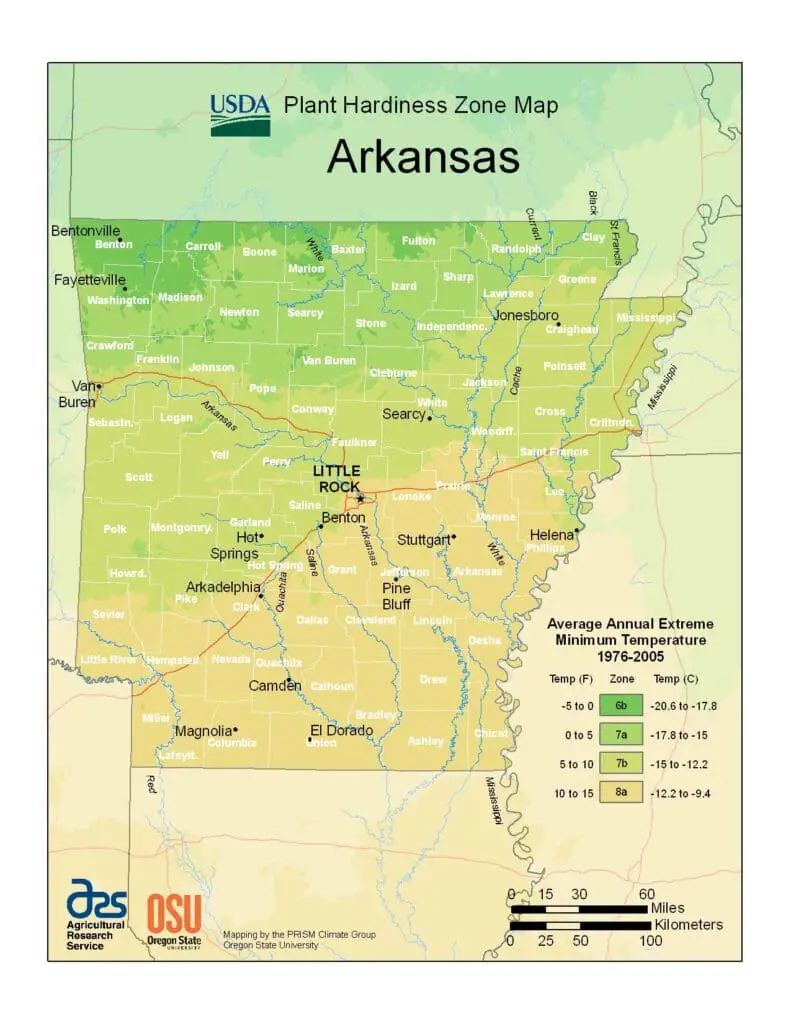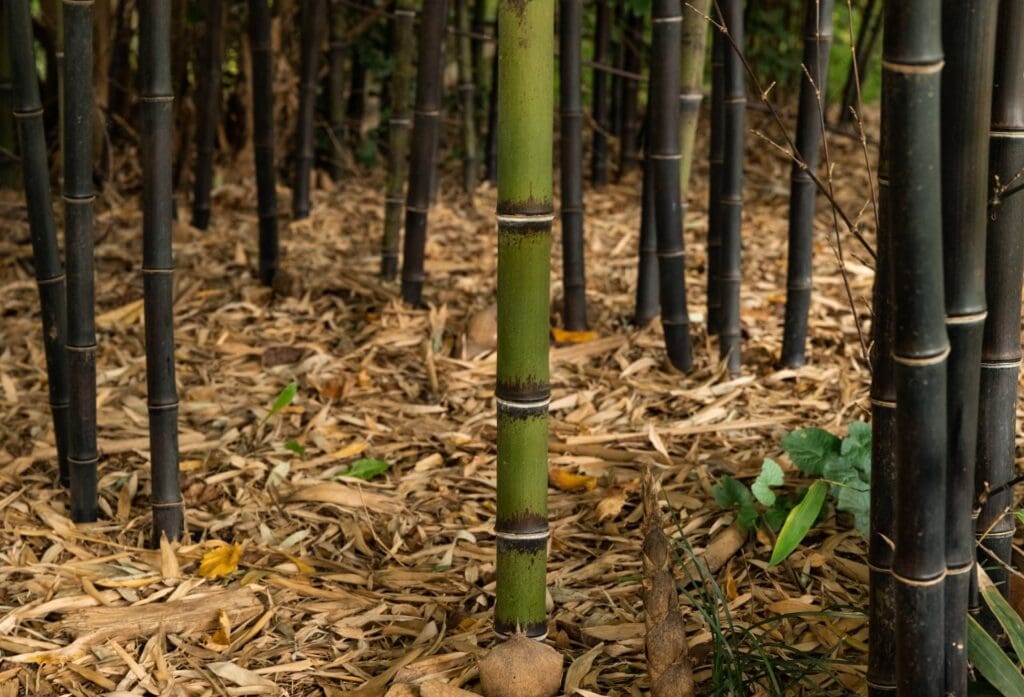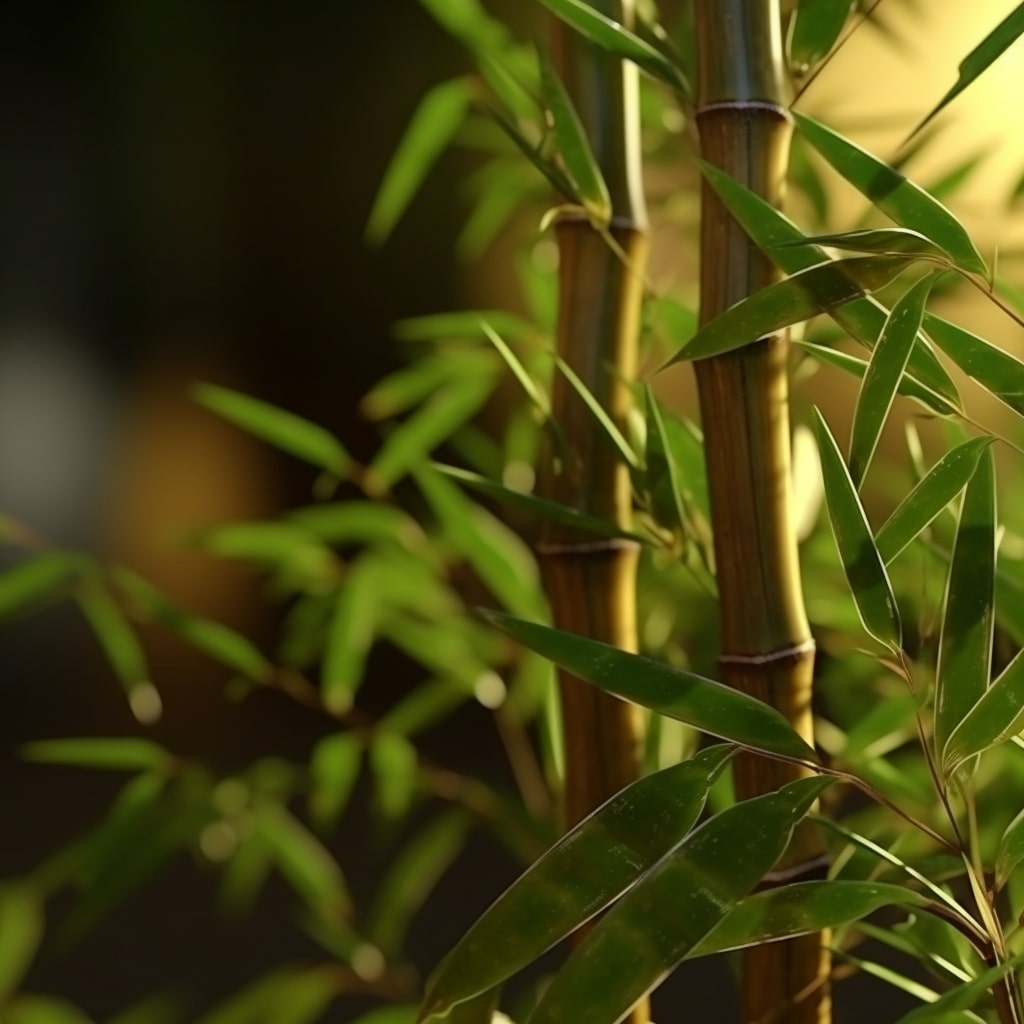Bamboo has captured the attention of many gardeners and landscapers due to its numerous benefits. However, before considering cultivating bamboo in Arkansas, it is essential to understand the feasibility of its growth in this particular region.
With its unique climate and soil conditions, Arkansas presents both opportunities and challenges for growing bamboo successfully. This article aims to provide an objective and informative analysis on whether bamboo can thrive in Arkansas.
Key Takeaways
-
Bamboo is a versatile and fast growing plant that can thrive in Arkansas’s unique climate and soil conditions.
-
Choosing the right bamboo species involves considering factors such as climate, soil conditions, and desired height and spread.
-
Proper soil preparation and drainage are essential for successful bamboo growth.
-
Controlling bamboo growth requires careful management techniques, including pruning, thinning out shoots, and implementing physical barriers to restrict rhizome expansion.
Understanding the Climate in Arkansas
The climate in Arkansas is characterized by hot, humid summers and mild winters, which creates favorable conditions for the growth of various types of bamboo species.
The state experiences distinct climate patterns throughout the year, with temperature fluctuations ranging from highs in the 90s°F (32°C) during summer to lows in the 30s°F (-1°C) in winter. Rainfall levels are generally abundant, averaging around 50 inches (127 cm) annually.

The soil composition varies across Arkansas but is typically fertile and well-drained, providing a suitable environment for plant growth.
Additionally, the region’s plant hardiness zones indicate that a wide variety of plants can thrive in this area.
These factors contribute to the successful cultivation of bamboo in certain regions of Arkansas.
Choosing the Right Bamboo Species
Selecting the appropriate bamboo species involves considering factors such as climate, soil conditions, and desired height and spread.
There are various bamboo varieties to choose from, each with their own specific requirements.
When it comes to soil requirements, most bamboo species prefer well-drained soil that is rich in organic matter. However, certain varieties can tolerate a range of soil types including sandy or clay soils.
Additionally, sunlight needs vary among different bamboo species, with some requiring full sun while others can thrive in partial shade.
Watering techniques also play a crucial role in maintaining healthy bamboo plants, as they generally require regular watering but should not be overwatered.
Lastly, pruning methods are necessary to control the growth and shape of bamboo plants and prevent them from becoming invasive or overcrowded.
Preparing the Soil for Planting
When preparing the soil for planting bamboo, it is important to ensure that it is well-drained and rich in organic matter, as these conditions are preferred by most bamboo species.
Soil preparation plays a vital role in creating a suitable environment for bamboo growth. Before planting, conducting a soil test can provide valuable information about the nutrient requirements of the soil. Based on the results, appropriate organic amendments can be added to optimize the soil’s fertility and pH levels.
Organic matter such as compost or well-rotted manure can enhance soil structure and nutrient availability.



Additionally, ensuring proper soil drainage is crucial as excessive moisture can lead to root rot and hinder bamboo growth. Implementing measures like creating raised beds or improving natural drainage through land shaping can help maintain optimal moisture levels for successful bamboo cultivation in Arkansas.
Planting and Caring for Bamboo
Planting and caring for bamboo requires proper attention to watering, pruning, and ensuring adequate sunlight exposure. To ensure the health and growth of bamboo, here are three important factors to consider:
-
Watering techniques: Bamboo plants require regular watering, especially during dry periods. It is essential to provide deep watering rather than frequent shallow waterings. This helps establish a strong root system.
-
Pruning methods: Regular pruning is necessary to maintain the desired shape and size of bamboo plants. Trim away any dead or damaged canes to promote healthy growth. Pruning should be done in early spring before new shoots emerge.
-
Pest control: Bamboo can attract pests such as aphids and spider mites. Regularly inspect the leaves for signs of infestation and take appropriate measures such as using organic insecticides or introducing beneficial insects.
Overall, understanding these techniques will enable gardeners in Arkansas to successfully plant and care for bamboo while enjoying its many practical applications.
Controlling Bamboo Growth
Controlling the growth of bamboo in a garden requires careful management techniques to prevent its invasive tendencies and maintain desired boundaries.
Bamboo propagation can be controlled by using clump-forming varieties instead of running types, which spread rapidly through underground rhizomes. Additionally, or alternatively, physical barriers such as metal or plastic root barriers can be installed around the planting area to restrict rhizome expansion.
Regular maintenance is crucial in controlling bamboo growth, including pruning and thinning out shoots to prevent overcrowding. Pruning should be done in early spring or late winter before new shoots emerge. Failure to control bamboo can lead to invasion of neighboring areas, as it quickly outcompetes other plants for resources. Therefore, implementing effective management strategies is essential for maintaining the desired growth and preventing bamboo from becoming an invasive nuisance.
Harvesting and Utilizing Bamboo
Harvesting and utilizing bamboo involves the careful selection of mature culms for various applications, such as construction materials, crafts, or culinary purposes.
Bamboo is known for its versatility and strength, making it a popular choice for creating a wide range of products.
Bamboo crafts refer to the art of using bamboo stalks to create intricate designs or functional items like baskets, furniture, and musical instruments.
Additionally, bamboo can be processed into durable flooring materials that provide a unique aesthetic appeal to any space.
Culinary enthusiasts also appreciate bamboo shoots due to their tender texture and delicate flavor.
Furthermore, harvesting bamboo in a sustainable manner ensures the preservation of this rapidly renewable resource for future generations.
By considering these aspects, individuals can make responsible choices when utilizing bamboo in various applications.
Frequently Asked Questions
Q: Does bamboo grow in Arkansas?
A: Yes, bamboo can grow in Arkansas. However, it’s important to choose the right variety of bamboo that can thrive in the climate and growing conditions of Arkansas.
Q: What are the best bamboo varieties to grow in Arkansas?
A: Some of the best bamboo varieties that can grow well in Arkansas include timber bamboo (Bambusa species), cold-hardy bamboo (Phyllostachys vivax), and moso bamboo (Phyllostachys edulis).
Q: What is the USDA hardiness zone for growing bamboo in Arkansas?
A: Arkansas is primarily in USDA hardiness zone 7, which means it has a moderately warm climate with mild winters. This makes it suitable for growing a variety of bamboo species.
Q: Can I grow bamboo in my garden in Arkansas?
A: Yes, you can grow bamboo in your garden in Arkansas as long as you choose the right variety that is suitable for your growing conditions and climate.
Q: How tall can bamboo grow in Arkansas?
A: The height of bamboo plants can vary depending on the variety, but some bamboo species can grow up to 30 feet or more in Arkansas.
Q: What are the growing conditions required for bamboo in Arkansas?
A: Bamboo thrives in well-drained soil that is moist but not waterlogged. It requires little additional fertilizer and can tolerate a range of weather conditions, including frost.
Q: When is the best time to dig and transplant bamboo in Arkansas?
A: The best time to dig and transplant bamboo in Arkansas is during early spring or late fall when the weather is cooler and the plants are less likely to experience stress.
Q: Where can I find a bamboo nursery in Arkansas?
A: There are several bamboo nurseries in Arkansas, including Wilson Bamboo Nursery located in Fayetteville. They offer a variety of bamboo species suitable for the Arkansas climate.
Q: How quickly does bamboo grow in Arkansas?
A: Bamboo is known for its fast growth rate, and in Arkansas, under favorable conditions, it can grow several feet in a year.
Q: Is bamboo edible and can it be grown for consumption in Arkansas?
A: While some bamboo species are edible, they are not commonly grown for consumption in Arkansas. Bamboo grown in this region is primarily used for landscaping, privacy screens, or ornamental purposes.
Conclusion
By selecting the right species, preparing the soil adequately, and providing proper care, successful bamboo cultivation can be achieved in Akansas. However, it is important to control the growth of bamboo to prevent it from becoming invasive.
Although there may be challenges along the way, with proper troubleshooting techniques, these issues can be addressed effectively.

